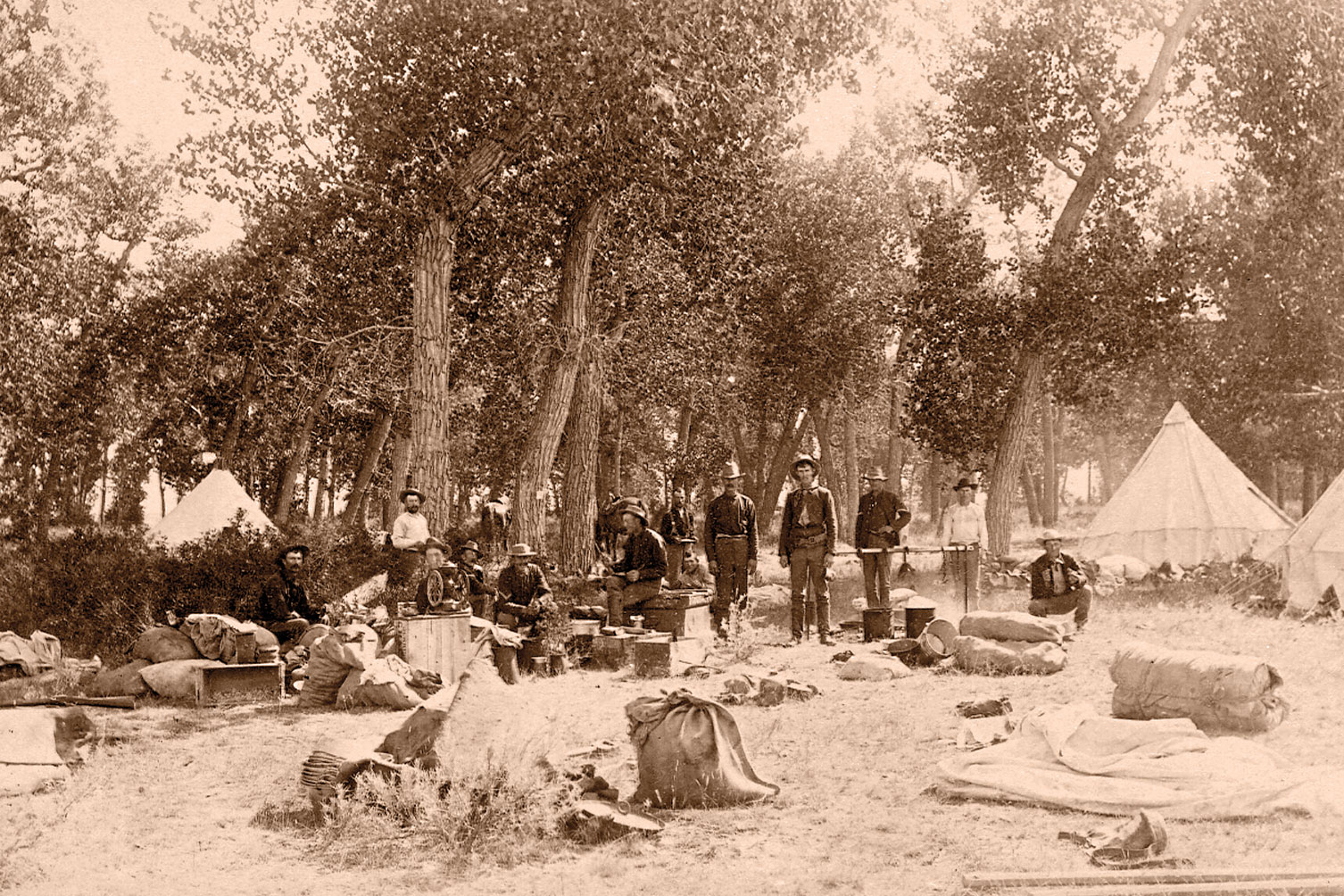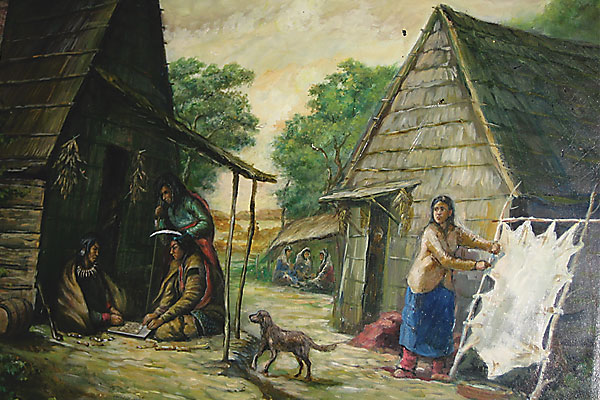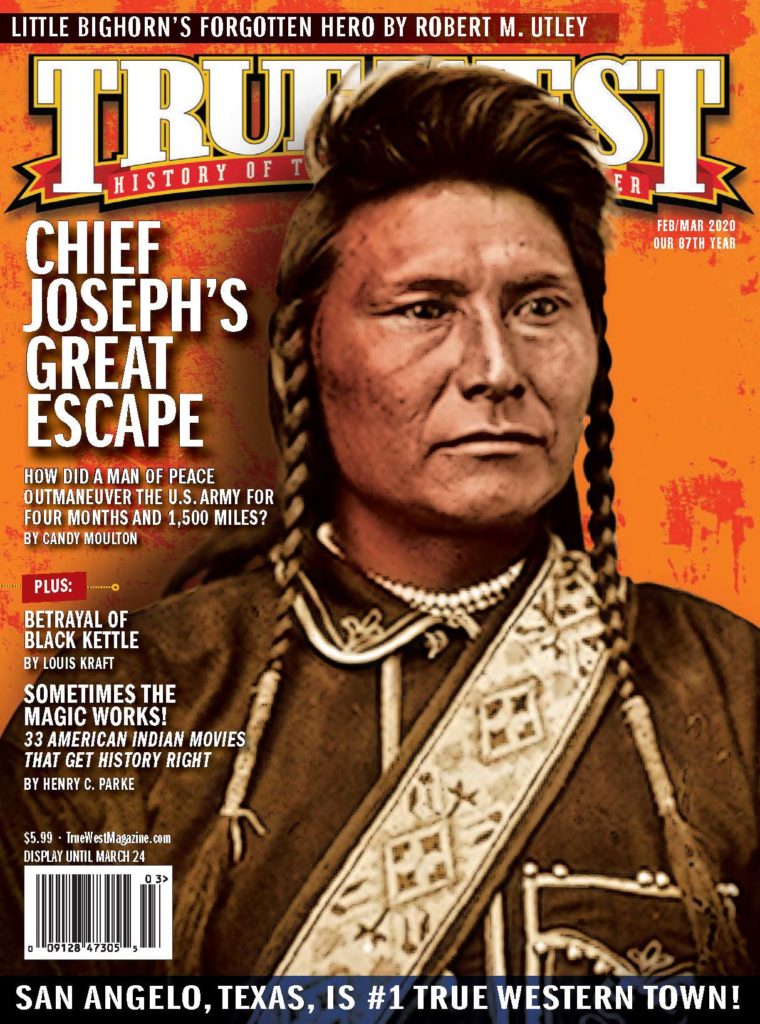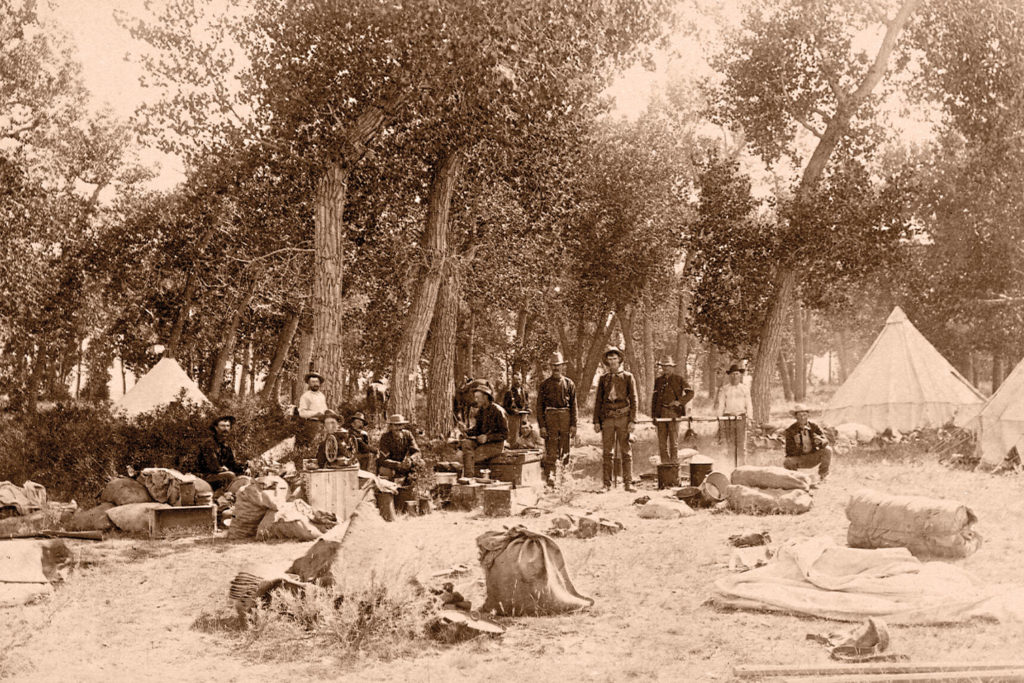
Christian Barthelmess was a teenager when he arrived in the United States from Bavaria in 1876. The 1870s was a decade of major immigration to America from Germany and Central Europe, and thousands migrated into the ghettos of the nation’s burgeoning industrial cities, or to the West to homestead and own their own land. Like his peers, Barthelmess first worked as a factory laborer in New York and Ohio. In 1876, he lived in St. Louis, Missouri, enlisted in the U.S. Army’s 6th Cavalry and was sent to Fort Apache, Arizona Territory.
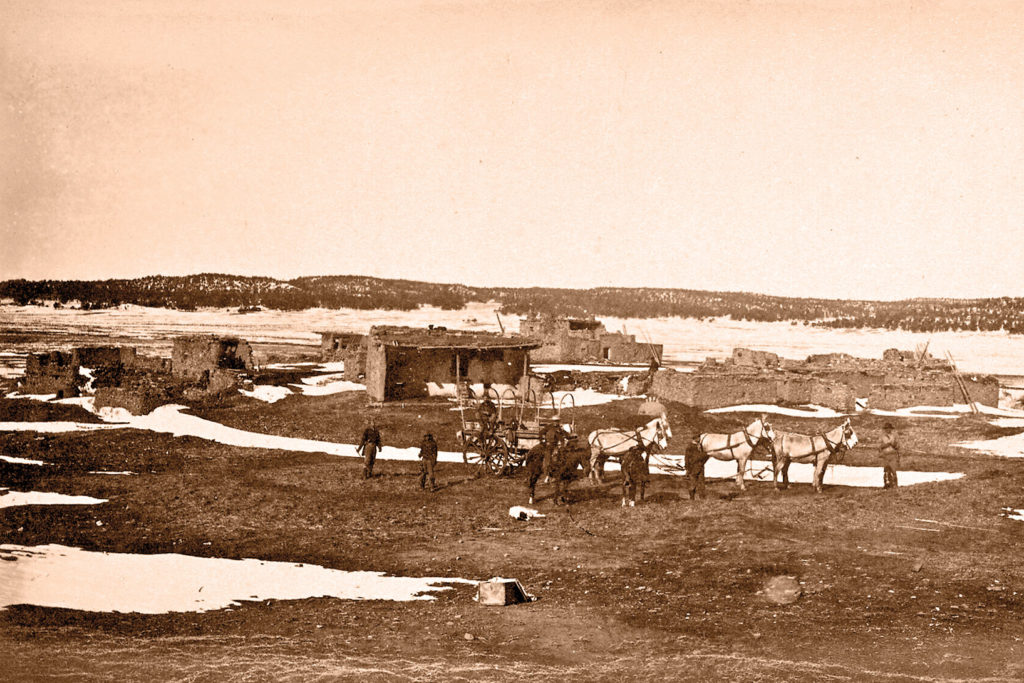
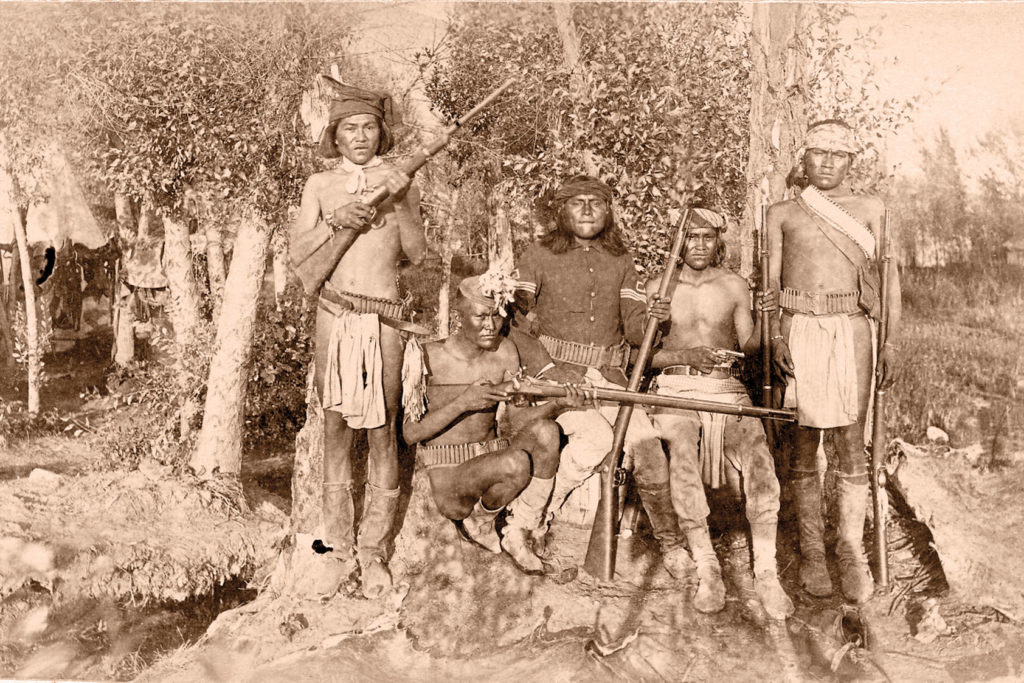
Barthelmess would remain an active duty soldier in the Army until 1903. In addition to the 6th Cavalry, he served in the 13th, 22nd and 2nd Infantry regiments. His service also took him to New Mexico’s Fort Wingate and Bayard, Colorado’s Lewis and Montana’s Fort Keogh. The dedicated enlisted man, who would rise to the rank of Chief Musician, 2nd Infantry Band, was also sent overseas to fight in Cuba and the Philippines during the Spanish-American and Philippine-American wars. During his career he joined the Army band and became an Army photographer. He married Catherine Dorothea Hansen in Silver City, New Mexico Territory, in 1886. They had eight children. According to Barthelmess’s biographer, Maurice Frink, and son Casey E., who published Photographer on an Army Mule in 1965, Christian “loved his family, the Army, his camera and music, perhaps in that order…. He was dedicated to his self-appointed task of recording the look of that land and the life of its people. No one knows where or when he obtained the camera that he kept at hand until his dying day. After retirement, he supported his family with his photography, supplemented by day labor.”
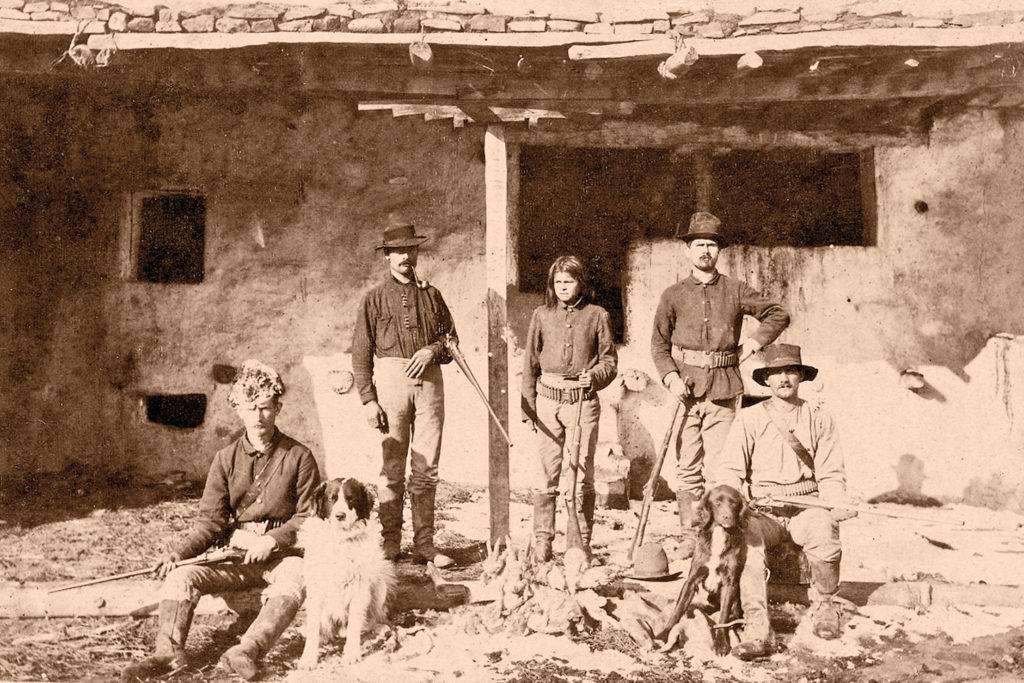
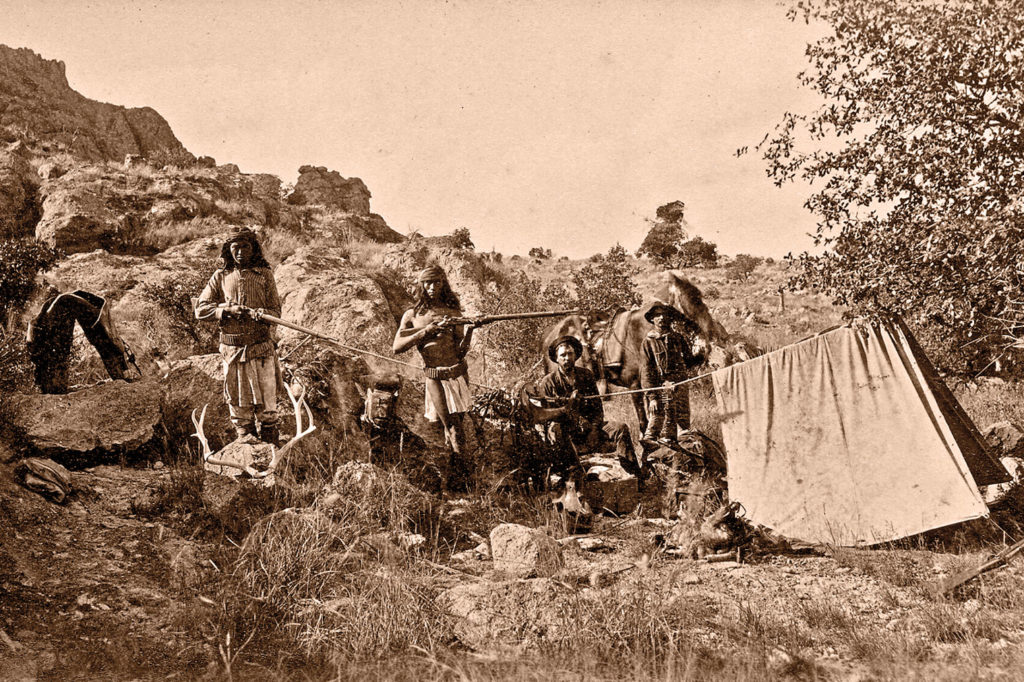
This portfolio’s selection of Barthelmess’s images from Yale University’s Beinecke Library, plus the “Opening Shot” image on pp. 6-7 from the Library of Congress, are just a small sampling of his first-person primary work as a frontline military photographer. The ten photographs were taken at the two posts most associated with his photography, Fort Keogh in Montana and Fort Wingate in New Mexico. Barthelmess’s imagery shows no prejudice and reflects his inclusiveness and friendship with officers and enlisted men, white, black or Indian, as well as local Indian residents.
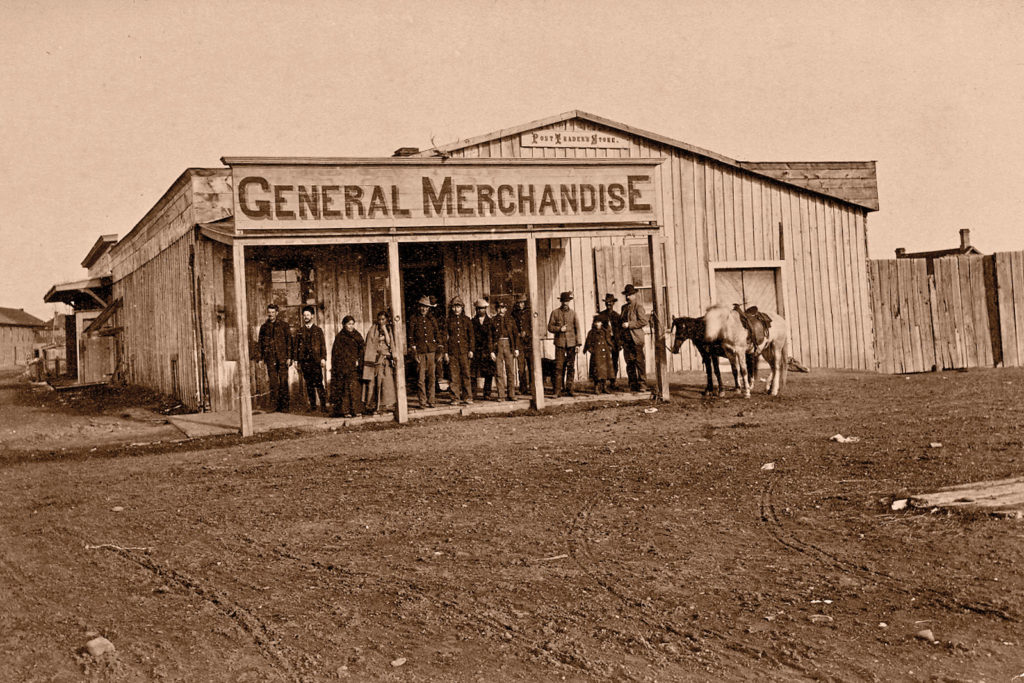
Barthelmess died tragically at the age of 51 following an accident when a sewer trench he was digging collapsed on him outside Fort Keogh Hospital on April 10, 1906. He was buried with full military honors at Fort Keogh. In 1908, with Keogh’s closure, Barthelemess and the others buried at the old Montana fort were re-interred at Custer National Cemetery adjacent to Little Bighorn Battlefield National Monument. His widow and family eventually put Barthelmess’s photos under management of his peer photographer, Robert C. Morrison, of Miles City. Today, over 500 of Christian Barthelemess’s photograghs are part of the Morrison Collection at the Montana Historical Society in Helena, Montana.
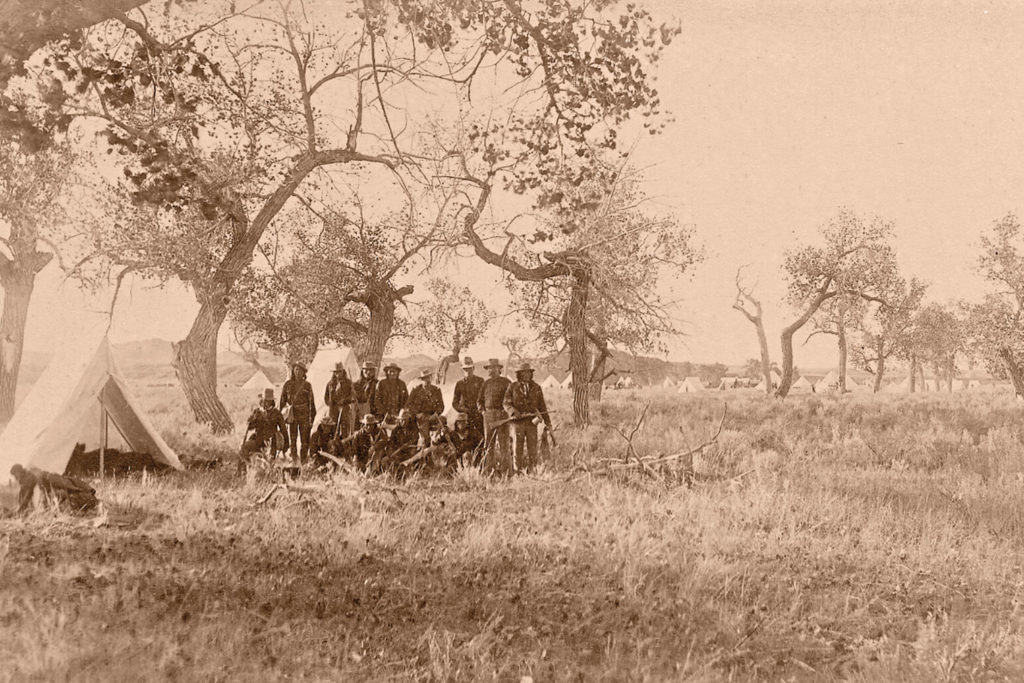
Editor’s Note:
Interested in reading more about Christian Barthelmess and his intriguing life as a soldier, musician, photographer and family man on the Western military frontier? I recommend Photographer on an Army Mule by Maurice Frink with Casey E. Barthelmess (University of Oklahoma Press, 1965).

